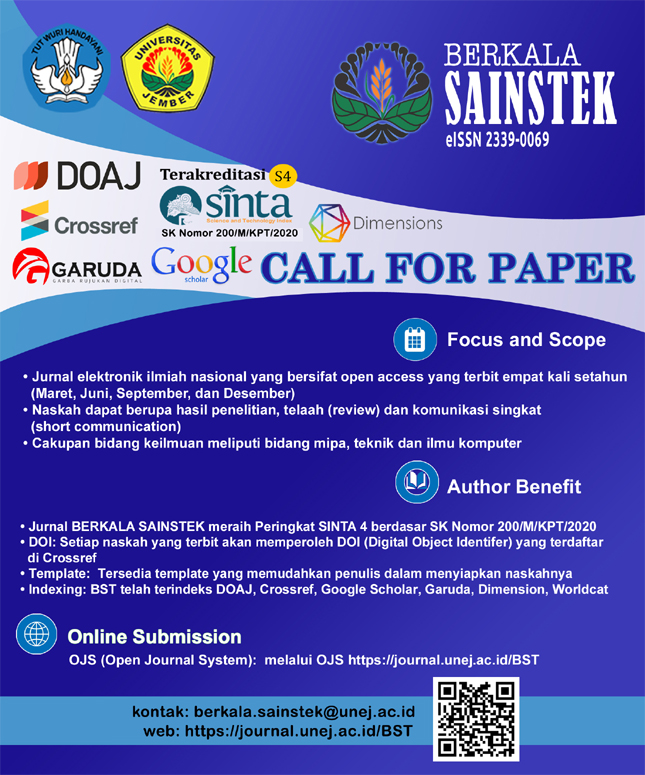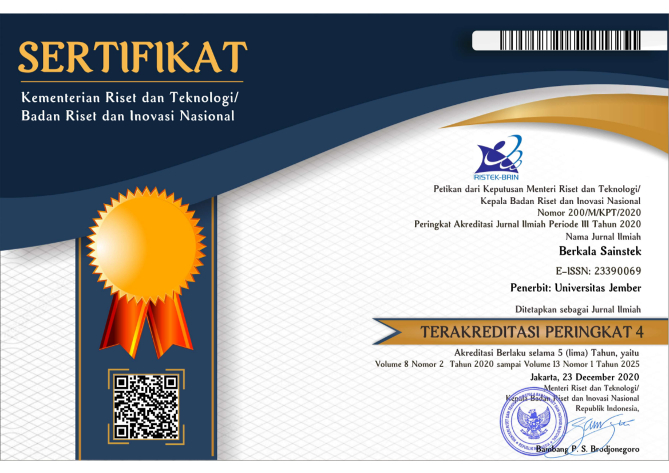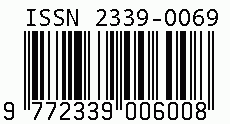Design of a Falling Ball Speed Measuring Instrument in Viscosity Experiment Using Arduino UNO ATmega
DOI:
https://doi.org/10.19184/bst.v10i1.27315Keywords:
viscosity experiments, infrared, photodiode, arduino, falling ball methodAbstract
Viscosity experiments in universities generally use falling ball method with manual observations. Measuring travel time of iron ball from one point to another manually using a stopwatch can cause a large error. This problem can be solved by designing a digital falling ball viscometer using infrared and photodiode configured with Arduino. Infrared and photodiode pairs are placed in the top and bottom glass tubes to detect the movement of iron ball so that it produces a change in voltage. This voltage change is used to mark start and stop times in time measurement. The time measurement obtained is then used to calculate speed of the ball through the formula for distance between sensors divided by time. Data obtained is then entered into viscosity formula of falling ball method to obtain viscosity value of fluid (oil). The digital falling ball viscometer is accurate when error obtained is less than 5%. The results obtained are the error of the digital viscometer measurement results are better than the error of the manual viscometer. The highest error obtained from the digital viscometer is 4%, while the lowest is 1%. This indicates that the digital falling ball viscometer has a high enough accuracy so that data obtained is in accordance with the reference and can be used as a viscosity experiment tool using falling ball method.






